An Authentic Pakistani Garam Masala Spice Blend
Today, Sumayya shares her mother’s special Pakistani garam masala spice blend recipe,which you can grind yourself in a spice blender…
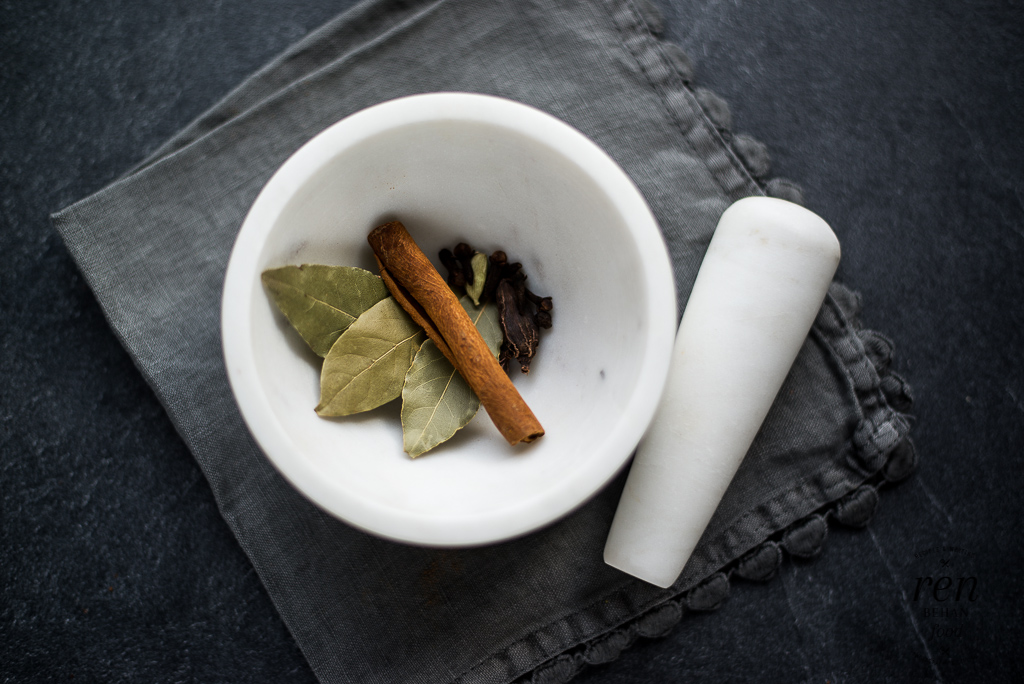
Today, Sumayya shares her mother’s special Pakistani garam masala spice blend recipe,which you can grind yourself in a spice blender…

I’m very much looking forward to the publication of The After School Cookbook by friend and author Nick Coffer this…
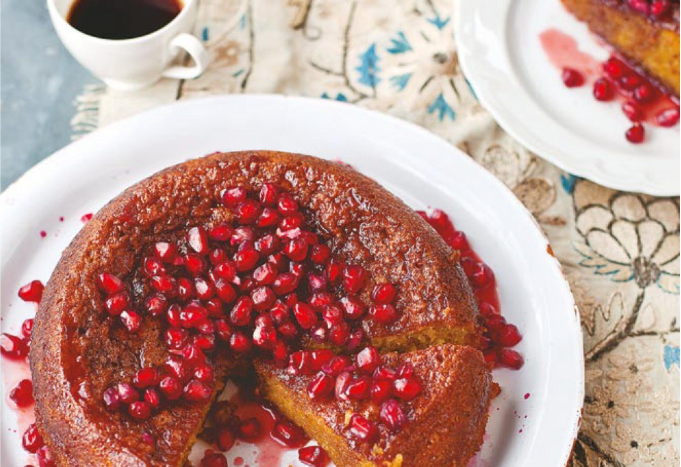
This is Diana Henry’s recipe for her Orange and Pomegranate Cake, shared with permission, from her latest book A Change of…
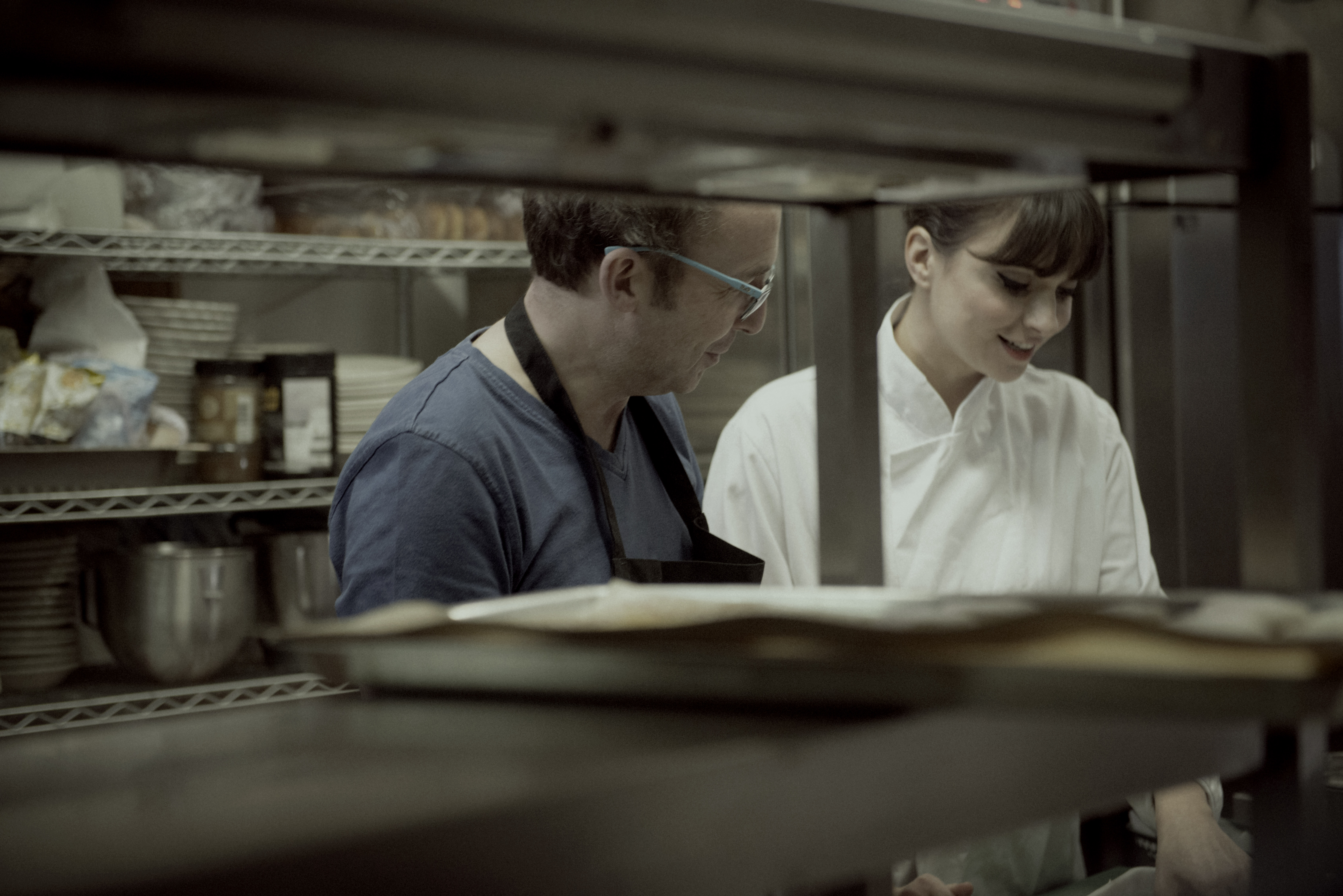
The simplest ideas can be the best. But, a simple idea with a bit of glitter on it – is…
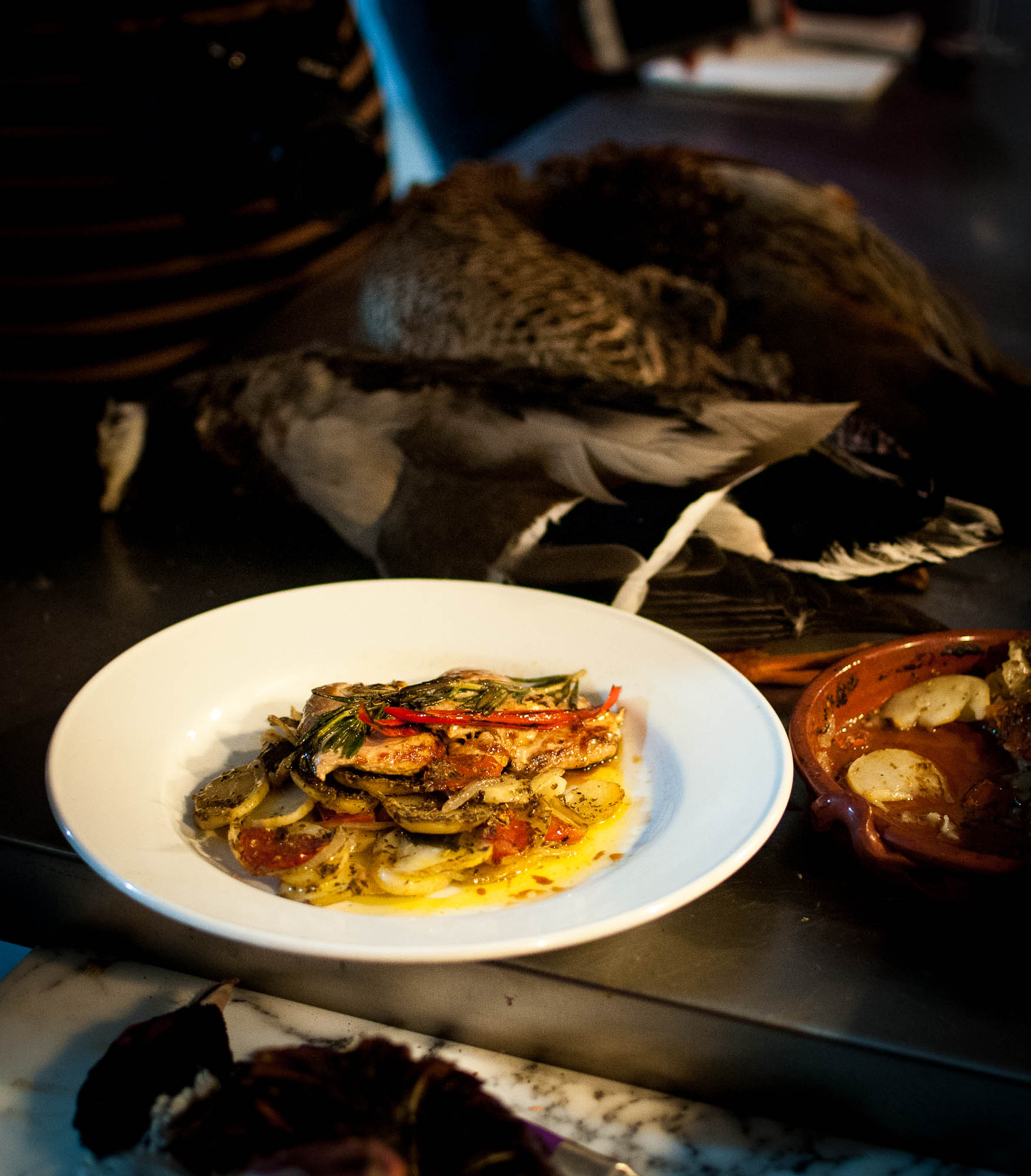
It was all things pleasant and pheasant inside the Fifteen training kitchen last Tuesday evening. I must have been reasonably…
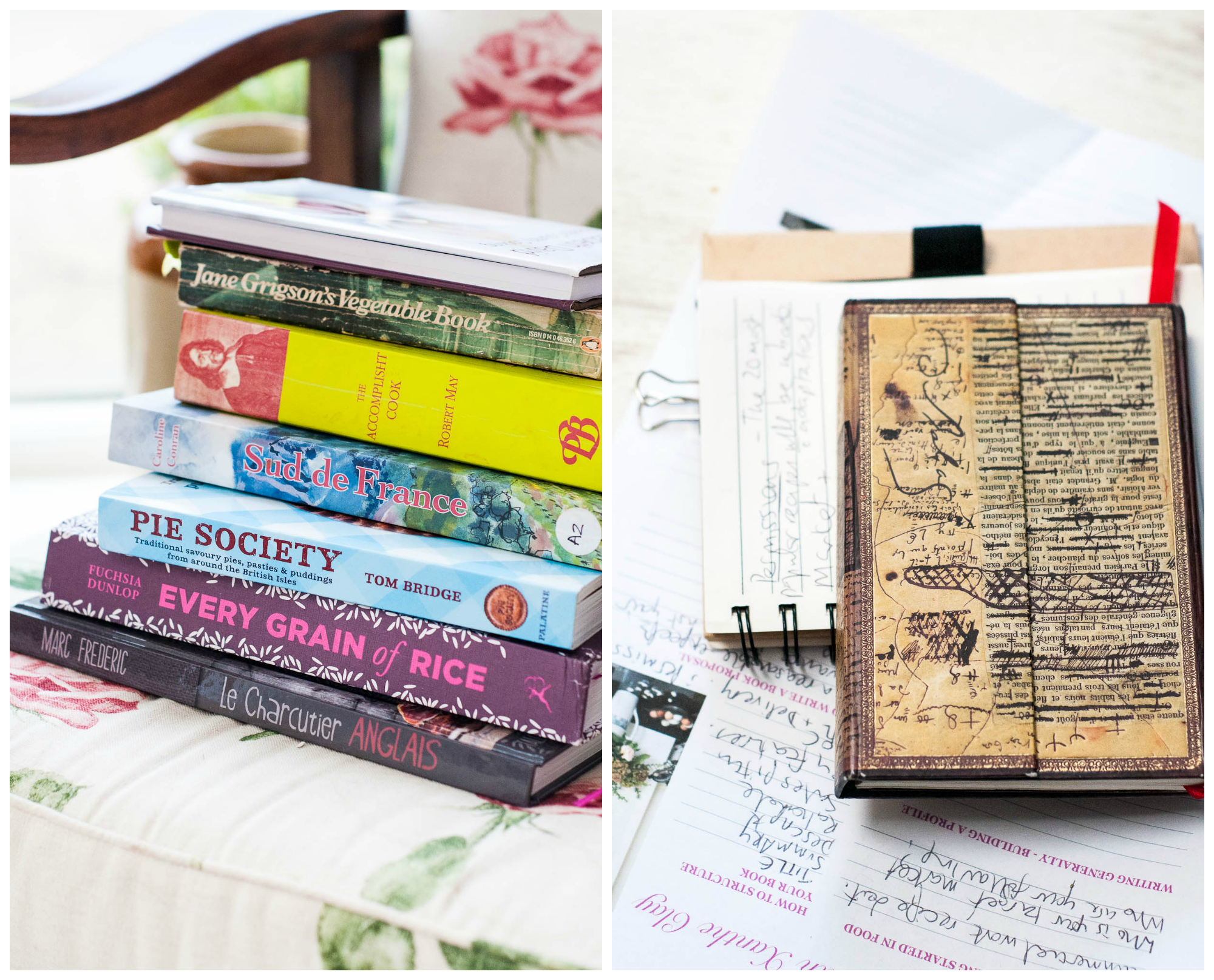
I wonder how many people out there dream of writing a cookery book? Yesterday, I spent the day at Vanessa…

This is my second post on attending IFBC the International Food Blogger Conference in Seattle last weekend. I’ve already introduced…
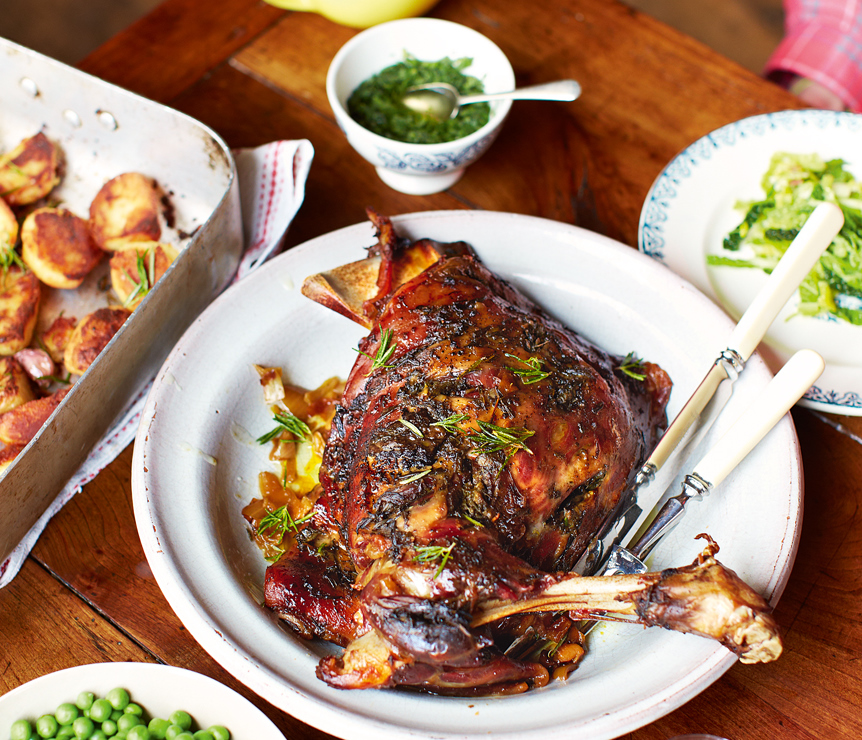
Everybody in our house loves roast lamb, particularly when it has been slow roasted, making it perfecty tender and soft. I’ve…
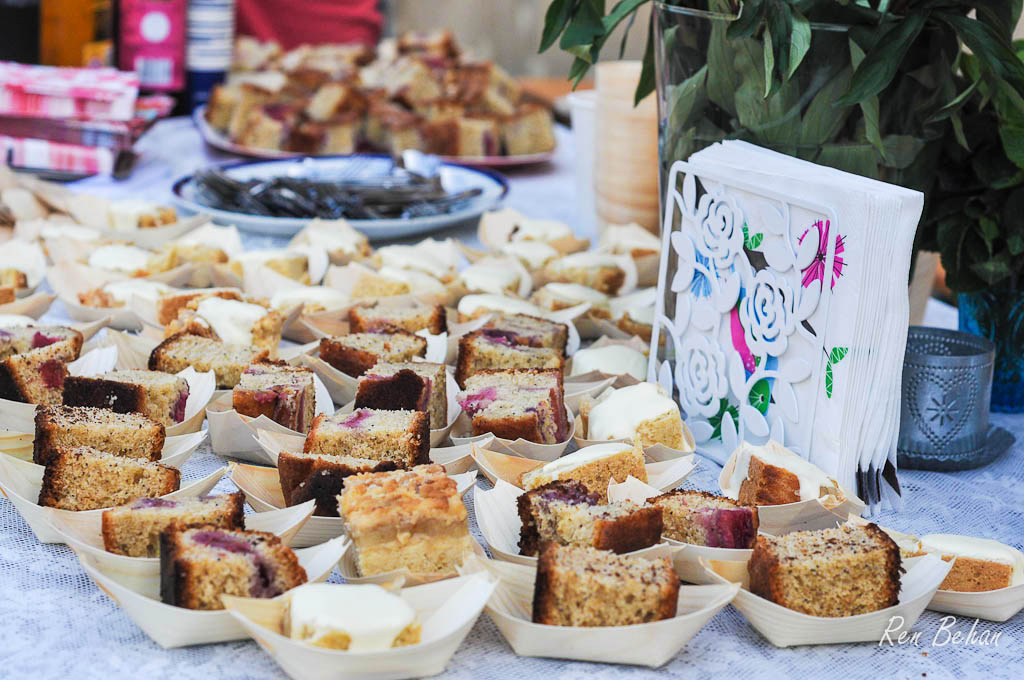
It’s been a busy summer and this year, the one thing we can’t complain about is the weather. It’s been…
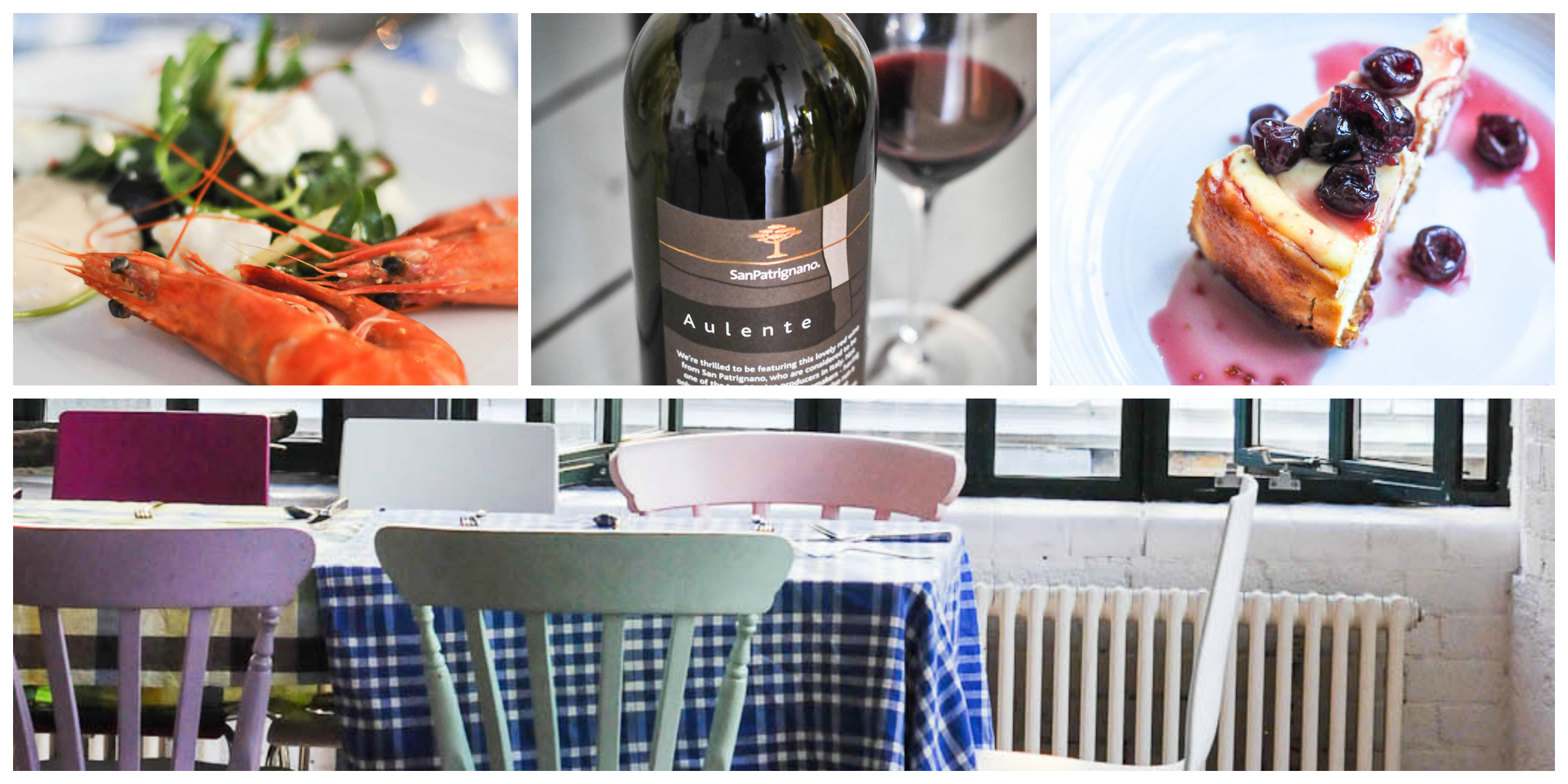
The summer is in full swing and it’s been so hard to ignore the sunshine in order to sit down…
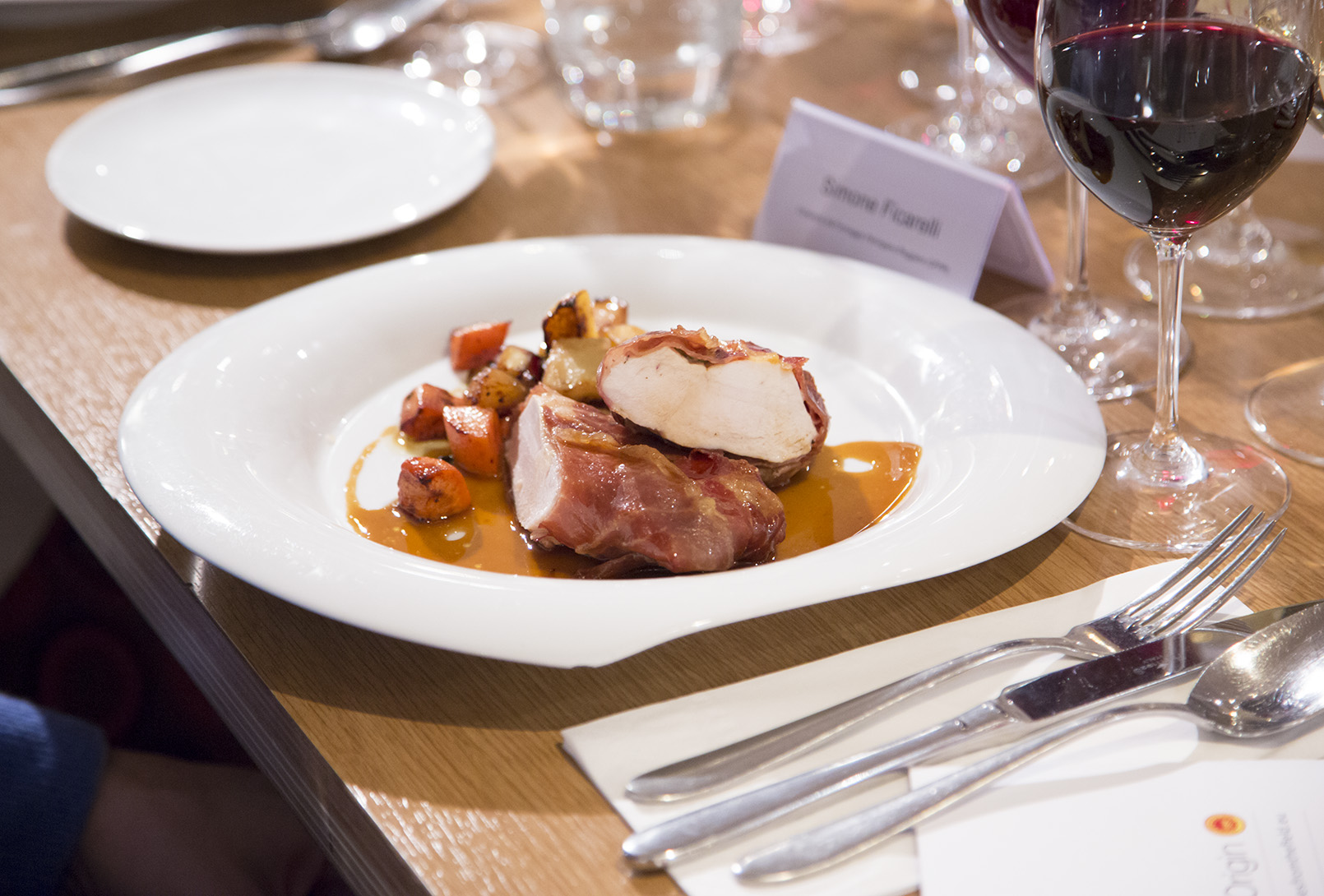
Knowing where our food comes from is the hot topic of the moment. Processed foods have never been more out,…
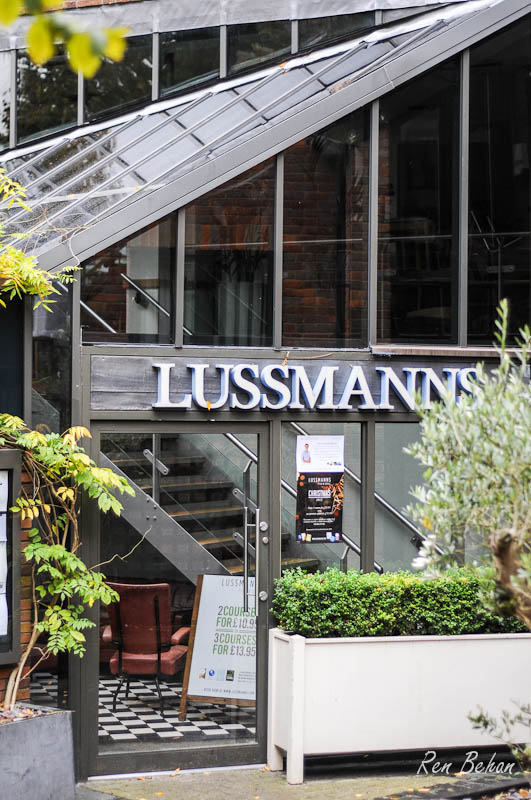
St Albans is fast becoming a city known for good food, as evidenced by the annual St Albans Food Festival, which will…
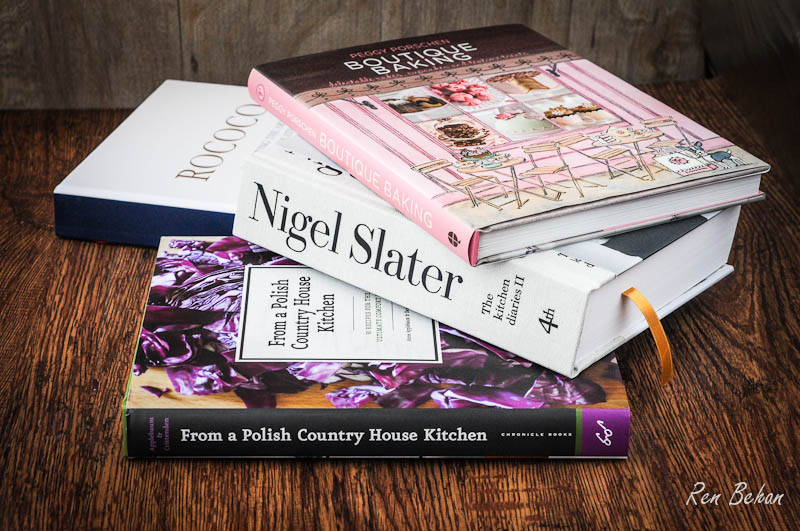
How often do you cook a recipe from a cookbook on your shelf? They say that on average, we cook…
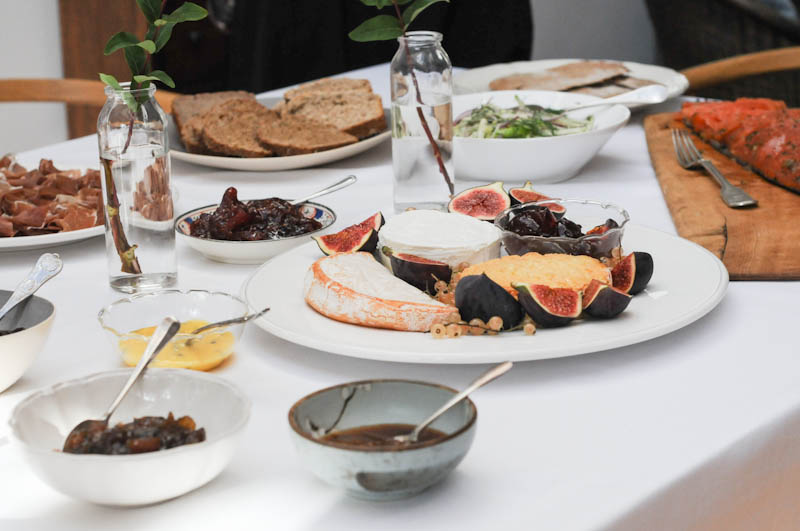
Sometimes it’s nice to gather together to celebrate. I don’t think we celebrate, or gather together, nearly enough anymore. Time…
A short while ago I had the really exciting opportunity of interviewing one of New Zealand’s best loved food writers, Annabel…
There can be no doubt that Vanessa Kimbell is an inspirational woman. Over a year ago, Vanessa gave up her successful…